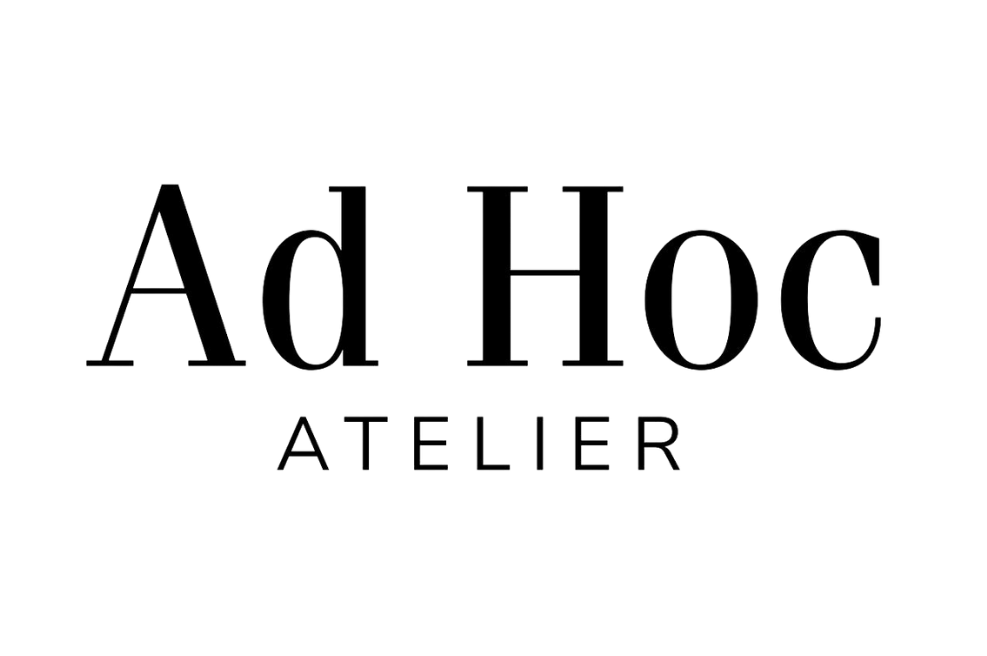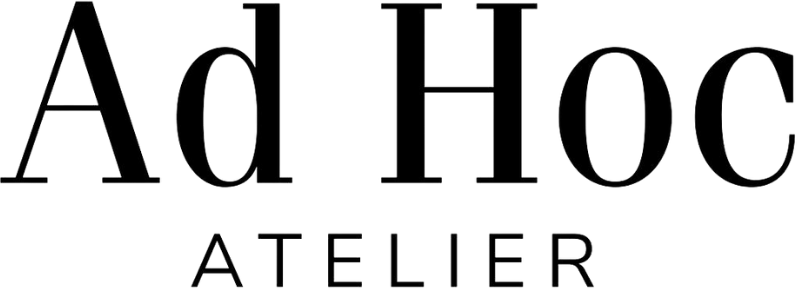Why Milan is the fashion capital of the world
Milan is the fashion capital of Italy and the world. Find out why Milan is the most important city for fashion
FABIO ACUTIS
Contributor

Today, Milan's fashion shows welcome many well-known and up-and-coming designers, who want to showcase their work and give luster to their creativity. However, Milan has not always been the capital of fashion.
Let's discover together the history that led Milan to be the Mecca of fashion.
The path that led Milan to be the fashion capital of the world began in 1935, when the Ente Nazionale della Moda Italiana (National Board of Italian Fashion) was born, whose purpose was to promote Italian fashion all over the world.
In those years the only Italian company capable of imposing itself on an international level was Salvatore Ferragamo.
A subsequent impulse to the spreading of Milan's fame was given by the end of World War II. Thanks to the economic aid of the United States, the Italian textile industry was able to develop and expand. In the post-war period, the best-known Italian fashion designer was Elsa Schiaparelli, who dressed celebrities such as Grace Kelly, Elizabeth Taylor, and Audrey Hepburn, becoming a legend in the fashion history.

The first Italian high fashion show
The popularity of Made in Italy fashion was growing in record time, and in 1951 the entrepreneur Giovanni Battista Giorgini decided to give life to the first high fashion show in Italy, precisely in Florence. In this fashion show, made in Italy clothes and accessories were presented to American consumers, who were more and more interested in leather goods and high quality items.
In this period, each city was specialized in a specific segment: Rome was dedicated to haute couture, Florence was specialized in handmade fashion, while Turin and Milan were starting to become the first reference points for ready-to-wear clothes: a curiosity is that the idea of preset sizes was born right in Milan.
In fact, in the '50s, tailoring clothes with custom sizes amounted to 80% of the total. Those who wanted to buy a dress went to their tailor of reference, who took the measurements and then sewed the dress made to measure.
This process took place for everyone, regardless of class: from aristocrats to workers, from industrialists to the petit bourgeoisie.

The second fashion boom
To further increase the fame of Italian fashion there were the years of the economic boom and the student revolution of '68. In these years Milan had become the city of the most important Italian publishers, therefore the perfect place to promote fashion made in Italy.
In fact, fashion had become a real cultural industry. Clothing had become an expression of style, freedom, self-identification. Milan was the only city in Italy that had the right tools to properly promote Italian fashion brands and give visibility to fashion industry.
Definitive affirmation of Milan
In the seventies, this concept of fashion as a manifesto of social affirmation, belonging to a specific political grouping and an instrument of cultural revolution was further amplified. Fashion took more and more space thanks to magazines such as Grazia, Amica, Vogue, Cosmopolitan.
These were the years of the birth of the Milan fashion week, whose first edition was held in the tent of a circus just outside Milan. In 1978, began the rise of an icon of Milan, Giorgio Armani, who dressed Diane Keaton at the night of the Oscars and Richard Gere for American Gigolo. In a short time King Giorgio became an icon of Milanese fashion.
But what was the driving force behind Milan's success over the rest of the world? Certainly the affirmation of the prêt-à-porter model played a fundamental role. Milan also managed to overcome the corruption investigations of the 90s and the terrible crisis of the international markets. In these years, new brands and Italian designers such as Miuccia Prada, which created its first prêt-à-porter collection only in 1989, were able to make their way.
The 2000s saw a slight decline in Milan, which increasingly had to surrender the scepter of undisputed protagonist to more important places, such as Paris, New York and London.

The streets of fashion
The most famous place for fashion in Milan is the Quadrilatero d'Oro. Here you can find the most famous and flashy stores of the city, which attract thousands of tourists every year.
The district within it has very refined streets, such as Via della Spiga, Via Santo Spirito, Via Bagutta and Via Gesù. This whole area is also important from an architectural and cultural point of view; there are historical palaces of architectural value such as Palazzo Morando and Palazzo Borromeo d'Adda. Here you can find the main shops of important Italian brands and fashion houses such as Armani, Dolce Gabbana, Miu Miu, Prada: the icons of Italian style.
Where to eat in Milan
Milan has some wonderful restaurants where you can try the best of Italian cuisine. One of my favorite places to eat is Al Garghet, a beautiful and very refined trattoria just outside the city, where you can eat the best schnitzel you have ever tasted in your life!
If you are a vegetarian, I recommend another restaurant in the financial area of Milan, near the Bosco Verticale. It's called Capra e Cavoli. The restaurant offers a very intimate and relaxing environment, with twinkling lights and a very stylish design. Their vegetarian carbonara is definitely worth trying.
What to see in Milan
Milan is a city always on the move. Between Fashion Week and the Salone del Mobile, there are always social events not to be missed. Fondazione Prada is located in Largo Isarco 2 and is housed in a building that is well worth the view.
Inside there are temporary and permanent art exhibitions, especially of the 20th and 21st centuries. Another place not to be missed is Villa Necchi Campiglio, a privately owned "house museum" from the 1930s that absolutely deserves a full morning visit. If, on the other hand, you love classical art, absolutely go to the Pinacoteca di Brera, which houses famous works by artists such as Giotto, Piero della Francesca and Leonardo da Vinci.
What to do in Milan
The best thing about Milan is that it is a city to be enjoyed on foot. You can walk everywhere and enjoy the view from the windows of vintage streetcars. If you find a nice sunny day, stroll through the streets of the center, stopping to look at the Galleria and the Duomo.
Then, stop for a glass of wine in Brera and for lunch there is nothing better than a comfortable picnic at the Giardini Pubblici Indro Montanelli. Do not absolutely miss the aperitif time, where the city expresses its full potential. The best area where to have a good spritz? In our opinion Cinque Vie or Corso Garibaldi!
Where to shop in Milan
Milan is a city of glitzy and luxurious stores, but also of wonderful craft activities. If you want to get away from the touristy streets of the center, try wandering around the stores of Cinque Vie and Navigli.
If you want a couple of tips for quality purchases, check out Mialma's small store in Corso Garibaldi (beautiful handmade sandals), Giulia Tamburini's atelier in Viale Piave (traditionally handmade jewelry) and the customizable bags of My Style Bags in Via Vincenzo Monti.
Shop the article





